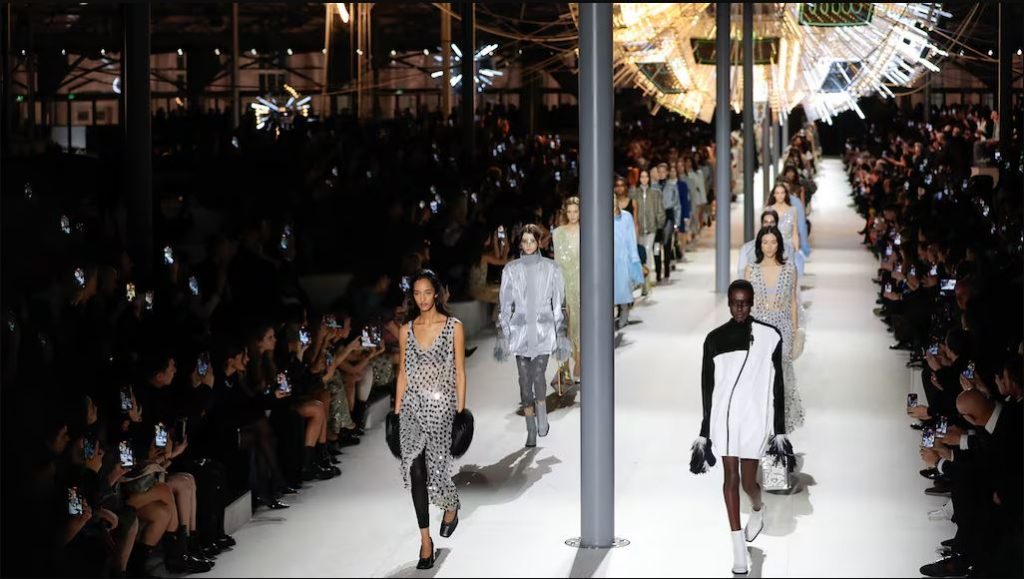Blog
LVMH Sales Grow 3% as Luxury Boom Stalls
The global luxury market, long regarded as a bastion of resilience even in times of economic uncertainty, is showing signs of a slowdown. LVMH Moët Hennessy Louis Vuitton SE, the world’s leading luxury goods conglomerate, recently announced its latest sales figures, revealing a modest 3% growth. This development has sparked discussions within the industry about the potential factors behind the deceleration of the luxury boom.
LVMH’s 3% sales growth, while positive, represents a notable slowdown compared to previous years. The conglomerate, home to iconic brands such as Louis Vuitton, Christian Dior, and Moët & Chandon, has traditionally enjoyed robust growth, buoyed by affluent consumers’ insatiable appetite for luxury goods. However, the recent figures suggest a shift in consumer behavior or market dynamics.
One factor contributing to the slowdown is the changing preferences of luxury consumers. In recent years, there has been a noticeable shift towards experiences over material possessions among certain demographics, particularly younger consumers. This trend has led to increased spending on travel, dining, and entertainment, diverting expenditure away from traditional luxury goods.
Moreover, the global economic landscape has become increasingly uncertain, with geopolitical tensions, trade disputes, and the lingering effects of the COVID-19 pandemic casting a shadow over consumer confidence. In such an environment, luxury purchases, often considered discretionary spending, may take a back seat as consumers prioritize essential items or savings.
Another aspect worth considering is the evolving nature of luxury itself. The definition of luxury is no longer confined to traditional notions of exclusivity and opulence. Today’s consumers, particularly millennials and Gen Z, value authenticity, sustainability, and ethical practices in the brands they support. Companies that fail to align with these values risk alienating a significant segment of the market.
However, despite the challenges, there are opportunities for luxury brands to adapt and thrive in this changing landscape. Innovation, both in product offerings and marketing strategies, can help companies stay relevant and capture new market segments. Embracing sustainability and social responsibility not only aligns with consumer preferences but also fosters long-term brand loyalty.
Additionally, emerging markets present untapped potential for luxury brands. As wealth continues to grow in regions such as Asia-Pacific and Latin America, there is a growing appetite for luxury goods among affluent consumers. By tailoring products and experiences to local tastes and preferences, luxury brands can capitalize on these expanding markets.
In conclusion, LVMH’s modest sales growth amid a slowing luxury boom reflects broader shifts in consumer behavior and market dynamics. While challenges persist, there are opportunities for brands to innovate, adapt, and capitalize on emerging trends. By staying attuned to consumer preferences, embracing sustainability, and exploring new markets, luxury brands can navigate the evolving landscape and maintain their competitive edge in the global market.
 Skip to content
Skip to content

